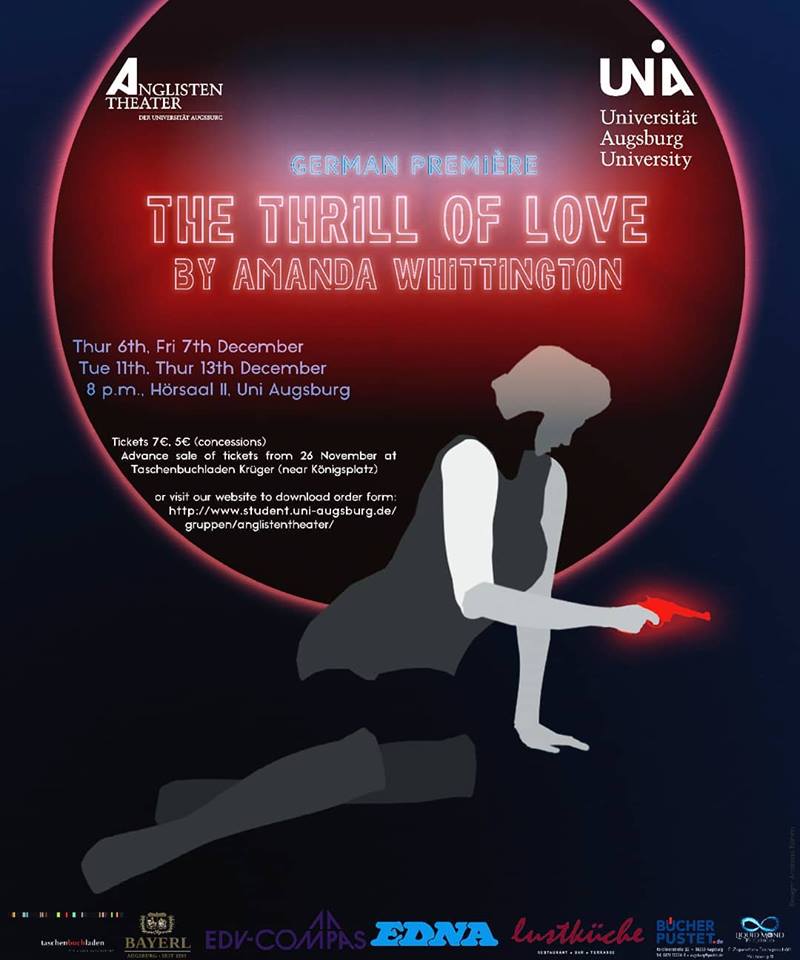
“I have a male colleague who won’t go into cafés. According to him, cafés are for women, bars are for men. When his wife orders coffee, he waits outside,” a twitter user wrote a few months ago. This man is married to a woman, I wondered, but attends a men-only bar? Fair enough. Rebloggers on social media made similar remarks. And the war in the comments began.
Hipsters, chains and drinks
Talking about coffee: Starbucks has come to Augsburg; you might have noticed from ever-fuller trash cans and the growing number of people in Uggs and NorthFace jackets. But I am no better than these people: despite the weird sizes and baristas who ask your name but can’t get it right, despite the environmental impact and the loss of family-owned, traditional cafés, I go to Starbucks regularly. They can call me Nicolas, Niccollò and Nicholas – all three in German stores, by the way – and still I love Starbucks. Especially in fall when you can order Pumpkin Spice Lattes (PSL, for fans). I had one – okay, I had twenty. And that’s where the trouble began.
Male, female or PSL drinker?
See, some people just can’t let you enjoy your coffee. A man drinking Pumpkin Spice Lattes? What’s next? A stay-at-home dad? A female chancellor? “You’re such a basic white girl, Nik,” a friend of mine said. Being two of these three things, I couldn’t exactly feel offended. “Takes one to recognize one,” I replied. The sentence “Only women and gays drink that stuff” from a fellow student didn’t make me turn suicidal either – that’s just the kind of locker room joke that some politicians base their entire campaigns on.
Can we relax for a second?

However, the statements had me thinking. What if I am the only straight man who enjoys Starbucks coffee? Gendering can be a weird thing if you leave aside social conventions. Yeah, it does make sense to create clothing that caters to the needs of one biological sex – bras, for instance. A man can wear a bra if he wants to. He might just not need it as much, anatomically speaking. The same goes for some social conventions that are based on genders. Opening a door for a woman? Great stuff. Ten out of ten would do it again. But coffee? Come on.
There are real problems, you know.

Most of us would claim to live in a modern world – both parents have jobs, we look down on Trump voters’ supposed sexism and we all have that convenient gay friend we keep referring to for credibility. But if we really are all that modern and open-minded, why don’t we look at gender in the areas where it really is an issue? What if we fixed the pay gap or protected women from sexual harassment for a start? What if we took women’s opinions seriously in business meetings or car garages? What if we looked at people, instead of genders, and stopped making a fuss about century-olds role images? But no, we gender coffee, as if there weren’t any real problems to deal with. What we drink should really be everyone’s own cup of tea, pun intended.
How far have we come?
I went back to Starbucks (for research purposes, of course) and asked a barista if men ordered PSLs. “In fact, men order this drink more than women,” the barista told me. I asked if they made sure to keep their voices down, to protect their masculinity. “Why, no? Tastes are different. We should be above that,” was her answer. “Anyway, here’s your drink.” She handed me my PSL with a sly wink, as if she was supplying me with a month’s worth of heroin. I left the store in a weird mood. What if I had made up a problem where there was none? I looked down at my cup, which looked phallic, rather than feminine, to see if they had got my name right that day. The barista had written “Nicole”. With a heart above the ‘i’.
Author: Niklas Schmidt
Pictures: Martina Sonn





.JPG)



 Identità: Il complesso dei dati personali caratteristici e fondamentali che consentono l’individuazione o garantiscono l’autenticità, specialmente dal punto di vista anagrafico o burocratico. Siamo davvero soltanto quello che un libro anagrafico dice di noi?
Identità: Il complesso dei dati personali caratteristici e fondamentali che consentono l’individuazione o garantiscono l’autenticità, specialmente dal punto di vista anagrafico o burocratico. Siamo davvero soltanto quello che un libro anagrafico dice di noi?